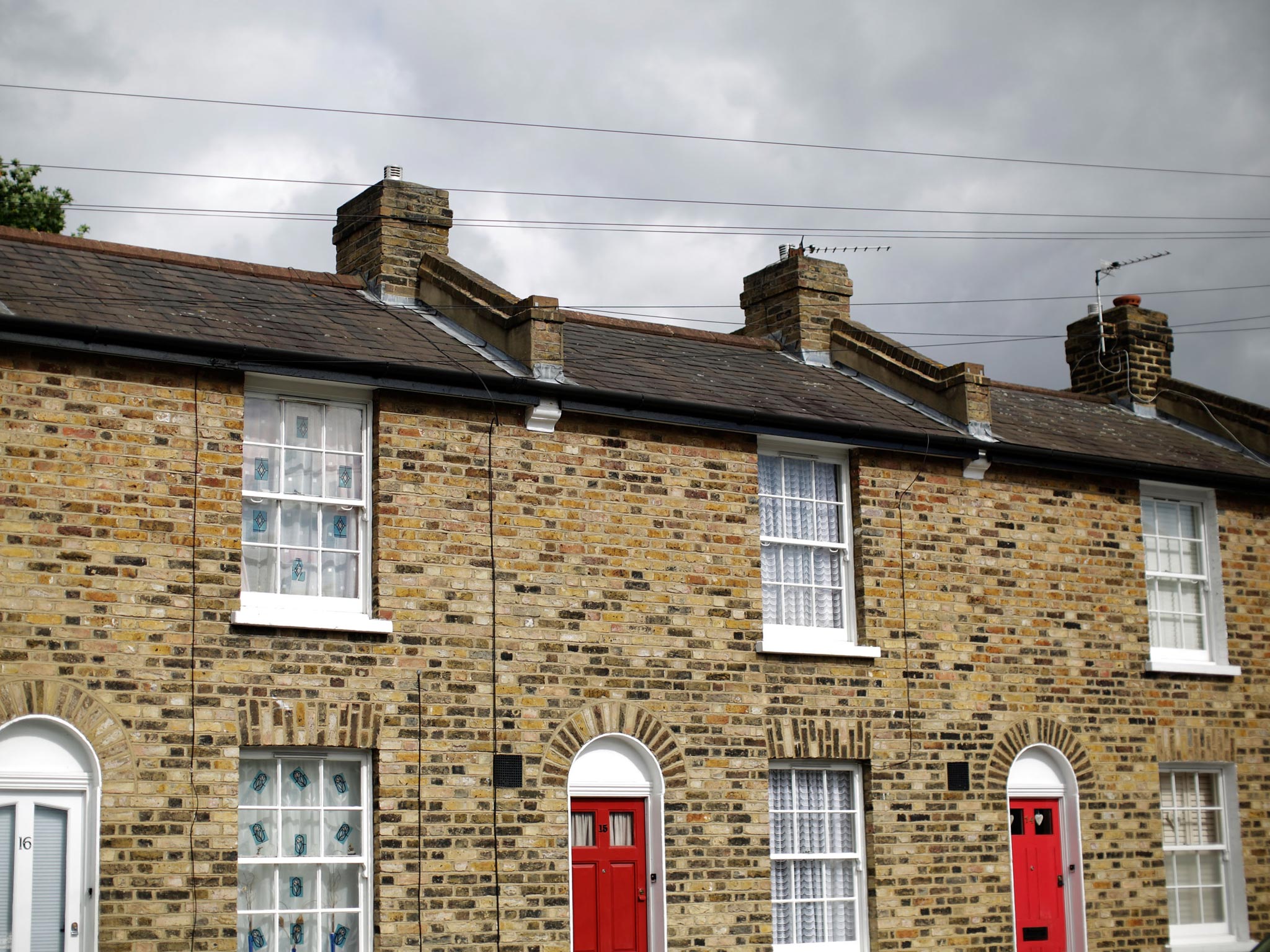Landlord Tory MP Philip Davies says law requiring homes be fit for human habitation is an unnecessary burden
Philip Davies says the law would put a 'huge burden' on landlords and that it can be hard to keep up with regulation

A proposed law that would require landlords to make homes fit for human habitation would be an unnecessary regulatory burden, a Conservative MP has argued.
Philip Davies, who derives an income from renting out property, said the new bill proposed by a Labour MP would put “a huge burden on landlords”.
“Landlords appear to be an easy target for the Left in this country,” he said during a debate on the proposed Homes (Fitness for Human Habitation) Bill.
“The overwhelming majority of landlords, and I will put myself in this category, want to do the right thing and wouldn’t ever dream of renting out a property that isn’t in a fit state to be rented out and want to comply with every regulation that’s introduced.
“But being in that situation I can tell my honourable friend that it is very difficult to keep tabs on all the things that are expected of you.”
He said MPs were acting “as if [landlords] have nothing else to do but wade through legislation generated by this house.
"My contention would be … I don’t think this particular bill is necessary to achieve what I would like to see."
Mr Davies described himself as an “accidental landlord” and said most landlords only had one or a few properties, rather than managing many.
He said he was also a tenant in a property and so had a unique perspective on both sides of the argument.
The Homes (Fitness for Human Habitation) Bill was introduced by Labour MP Karen Buck and is on its second reading.
The Bill updates a law introduced in the 19th century that requires homes under a certain rent limit to be “fit for human habitation”.
That rent limit has not been updated since 1957, however, and the rule currently applies to all properties with an annual rent of below £80 in London and £52 elsewhere.

The weekly average weekly rent in London is currently £362 and practically zero properties currently fall under the legislation.
“There has been some surprise since I introduced this bill that homes could be let that were not fit for human habitation, but extraordinarily, this is in the year 2015, the case,” she told MPs.
“Many of Britain’s 9 million renters are well-served by their landlords but for the significant minority who are not there is a long overdue need to strength the law, to give improved redress for tenants living in poor conditions.”
Research by the charity Citizens Advice published in May found that tenants in the private sector spend £5.6bn in rent every year to live in homes that can make them sick or kill them.
An inquiry by the charity found 740,000 privately rented homes across England contain serious risks to health including severe damp, rat infestations, and risks of explosion.
“Rogue landlords are putting profits before safety,” Gillian Guy, the chief executive of the organisation, warned at the time.
“With a growing private rental sector, increasing numbers of people – including more than 500,000 children – are falling prey to landlords who fail to meet decent standards.”
Privately rented accommodation was in a significantly worse state to council and housing association property.
Sixteen per cent of all privately rented homes were found to physically unsafe, compared to just six per cent in the socially rented sector.
Eight per cent of private homes were found to have serious damp, which can contribute to chronic illnesses such as bronchitis, eczema, and asthma.
Six per cent were excessively cold and ten per cent risked a risk of dangerous fall; both of these factors present significant hazards for elderly people.
Join our commenting forum
Join thought-provoking conversations, follow other Independent readers and see their replies
Comments